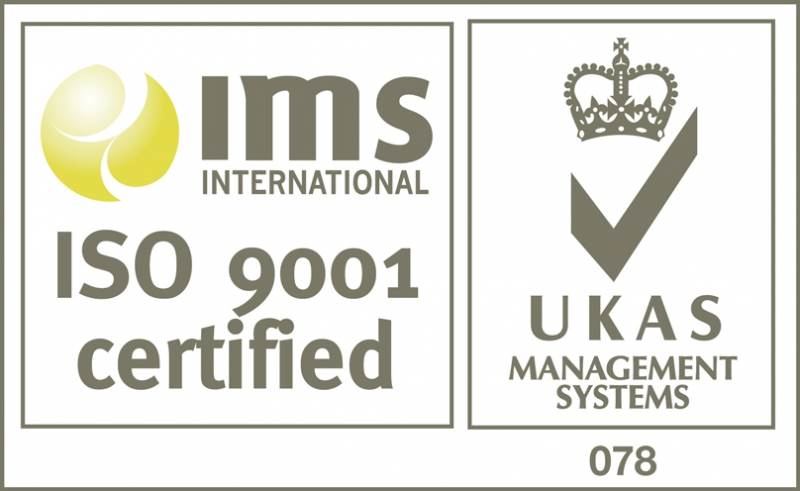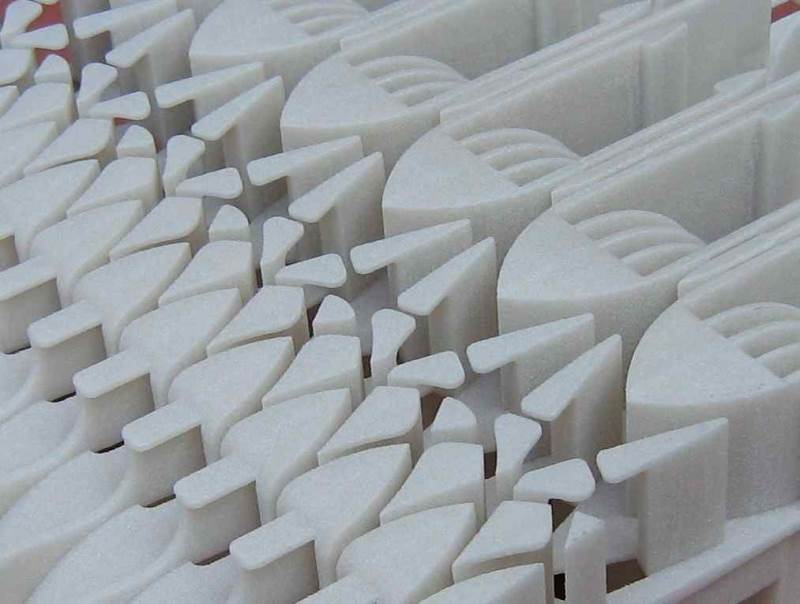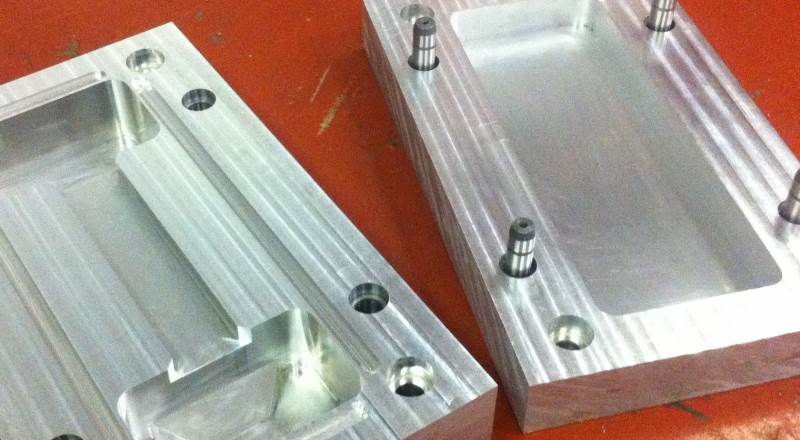- Contact 0870 350 7767
- |
- Advertise
Home > Plunkett Associates Ltd > Bridge Tooling – what is it and when should I use it?
Bridge Tooling – what is it and when should I use it?
 News and PR from Plunkett Associates Ltd - Published 08 August 2017
Bridge tooling, otherwise known as development tooling or rapid tooling describes the process whereby moulded parts are produced at an early stage in the product development cycle.
News and PR from Plunkett Associates Ltd - Published 08 August 2017
Bridge tooling, otherwise known as development tooling or rapid tooling describes the process whereby moulded parts are produced at an early stage in the product development cycle.
The requirement can be driven by a number of issues, for example:
· The production intent material is a ‘must have’ for testing purposes
· The quantity of parts required makes prototyping uneconomic
· A trial batch is required ahead of production release
The process can also be used to ‘bridge the gap’. For example, if a project is not yet ready to commit to full production tooling or to supply parts whilst the production tool is being built. It can also be used as a final production process when quantities are low enough to make it a cost effective option.
The common denominator to all of the above is a shortage of time. Hence to meet these requirements bridge tooling must be available quickly. To this end aluminium is frequently used as an alternative to steel, as it can be machined faster. Anything that can be standardised, usually is. For example, standard mould frames are utilised saving both time and money. On complex parts or threaded items, loose inserts may be used to avoid automating the tool. Whilst this is to the detriment of the moulding cycle time, it allows moulding to commence earlier.
The result is a mould tool that costs less than a production tool, can be up and running in two to three weeks, and has the capability to produce from ten to thousands of parts. Whilst the individual unit cost may be higher than full production parts, batches of hundreds of parts may be completed faster and cheaper than if conventional production tooling was used for the same quantity.
When is bridge tooling used?
Plunkett Associates uses bridge tooling for all of the reasons mentioned above. The standardisation of the process allows this tooling to be available at a price point that makes it an ideal solution when significantly smaller quantities of a production parts are required.
The advantages of injection moulding go beyond just the material options available; the consistency of product quality is extremely high and the appearance and feel of the product implies a high volume, high value item.
The challenge has always been to bring these advantages to low volumes without making the economics unattractive. Bridge tooling gives this opportunity and Plunkett Associates is injection moulding from quantities as low as 50 parts.
Whether bridge tooling is an option for you will depend on quantities, part complexity and time available. Selecting the right process is all about understanding the trade-offs, knowing the strengths of particular manufacturing options and ensuring the design is suitable for the selected process.
We can help assess your required material, part geometry and tolerances, and design a bridge tool and assess the unit costs. If you have a requirement for a minimal quantity production ready parts, then talk to us today about bridge tooling.
· The production intent material is a ‘must have’ for testing purposes
· The quantity of parts required makes prototyping uneconomic
· A trial batch is required ahead of production release
The process can also be used to ‘bridge the gap’. For example, if a project is not yet ready to commit to full production tooling or to supply parts whilst the production tool is being built. It can also be used as a final production process when quantities are low enough to make it a cost effective option.
The common denominator to all of the above is a shortage of time. Hence to meet these requirements bridge tooling must be available quickly. To this end aluminium is frequently used as an alternative to steel, as it can be machined faster. Anything that can be standardised, usually is. For example, standard mould frames are utilised saving both time and money. On complex parts or threaded items, loose inserts may be used to avoid automating the tool. Whilst this is to the detriment of the moulding cycle time, it allows moulding to commence earlier.
The result is a mould tool that costs less than a production tool, can be up and running in two to three weeks, and has the capability to produce from ten to thousands of parts. Whilst the individual unit cost may be higher than full production parts, batches of hundreds of parts may be completed faster and cheaper than if conventional production tooling was used for the same quantity.
When is bridge tooling used?
Plunkett Associates uses bridge tooling for all of the reasons mentioned above. The standardisation of the process allows this tooling to be available at a price point that makes it an ideal solution when significantly smaller quantities of a production parts are required.
The advantages of injection moulding go beyond just the material options available; the consistency of product quality is extremely high and the appearance and feel of the product implies a high volume, high value item.
The challenge has always been to bring these advantages to low volumes without making the economics unattractive. Bridge tooling gives this opportunity and Plunkett Associates is injection moulding from quantities as low as 50 parts.
Whether bridge tooling is an option for you will depend on quantities, part complexity and time available. Selecting the right process is all about understanding the trade-offs, knowing the strengths of particular manufacturing options and ensuring the design is suitable for the selected process.
We can help assess your required material, part geometry and tolerances, and design a bridge tool and assess the unit costs. If you have a requirement for a minimal quantity production ready parts, then talk to us today about bridge tooling.
Other announcements from Plunkett Associates Ltd
-
Plunkett associates quality system is now iso 9001:2015 certified!
In March 2016 we announced we had received our ISO 9001:2008 certification. Less than 2 years on, we are proud to say we have just received notification of our updated certification to ISO 9001:2015!
09 May 2018
-
Plunkett's are adept!
We would like to welcome you to Adept Precision! Adept is a sister company set up by Plunkett Associates and is represented by them in the UK.
09 May 2018
-
Should I use SLA or SLS for my prototype?
Need a prototype, and are thinking additive manufacturing, but not sure whether to go Stereolithography (SLA) or Selective Laser Sintering (SLS)? Our simple to follow, step by step guide should help.
26 Apr 2017
-
Should Aluminium be considered as a tooling material?
We believe aluminum tooling offers significant benefits in the right applications:
26 Apr 2017






